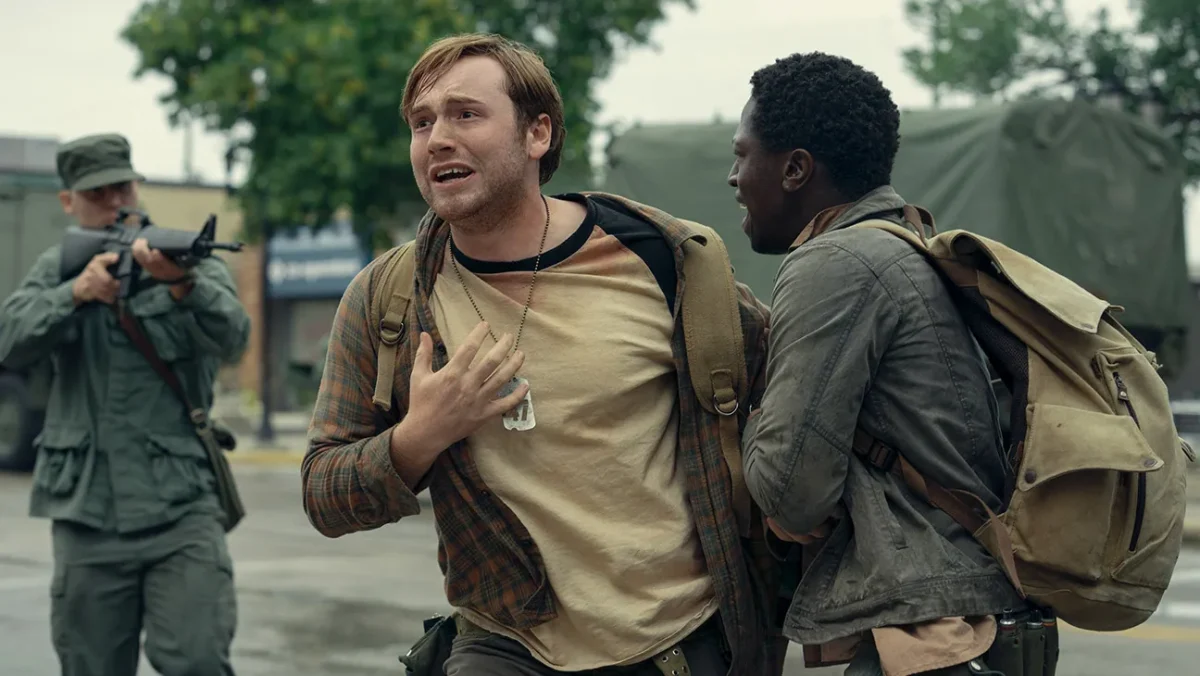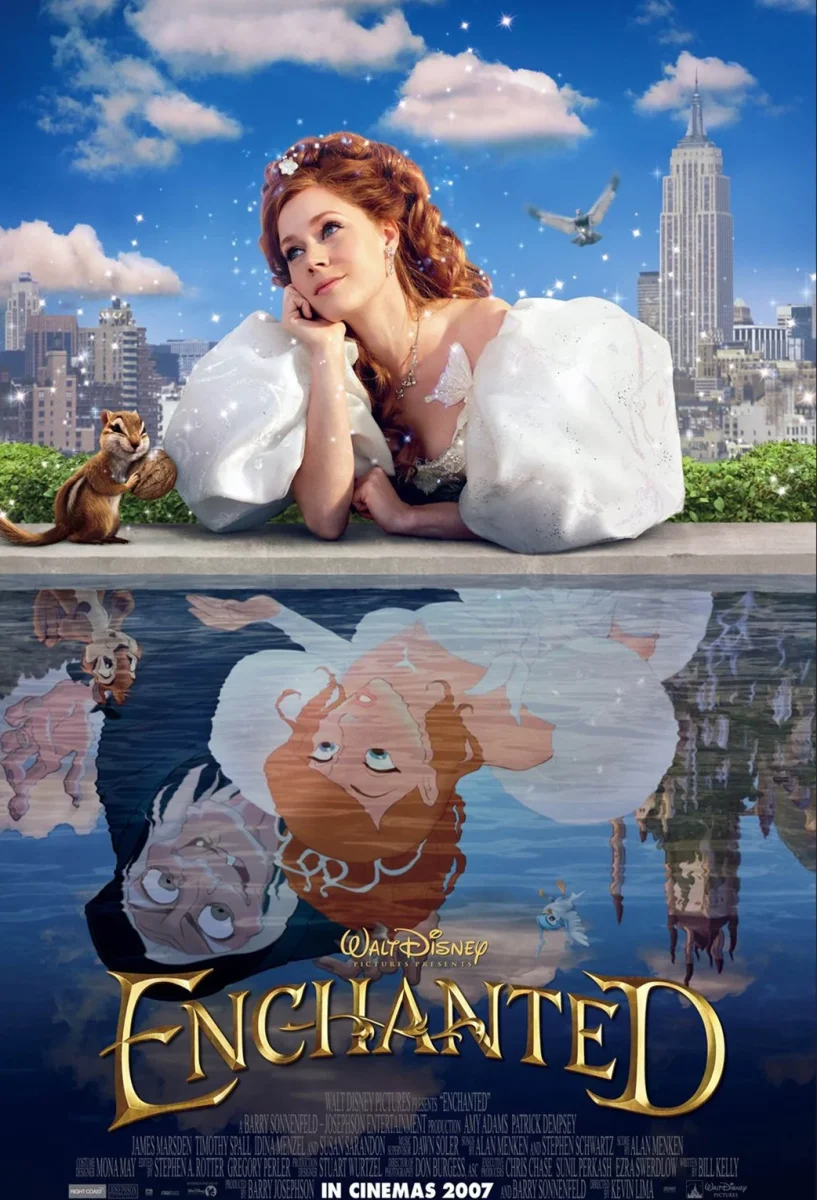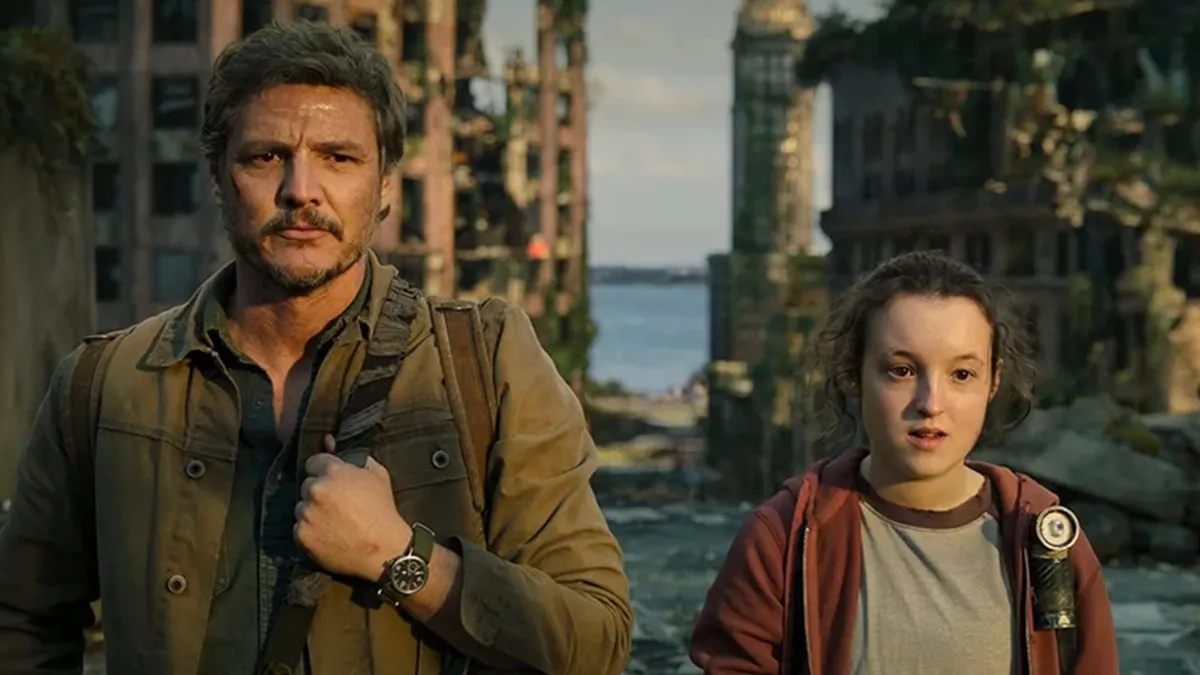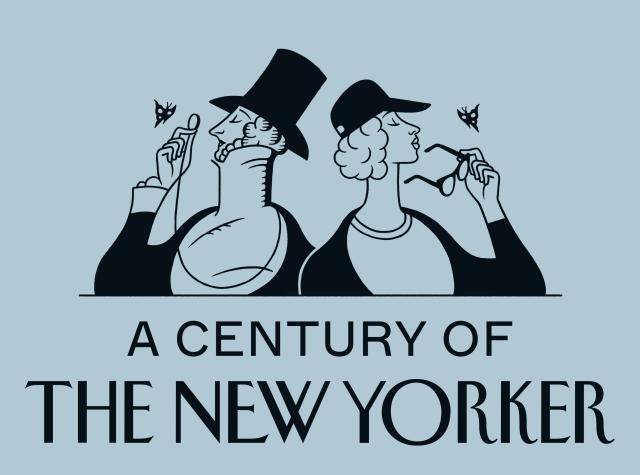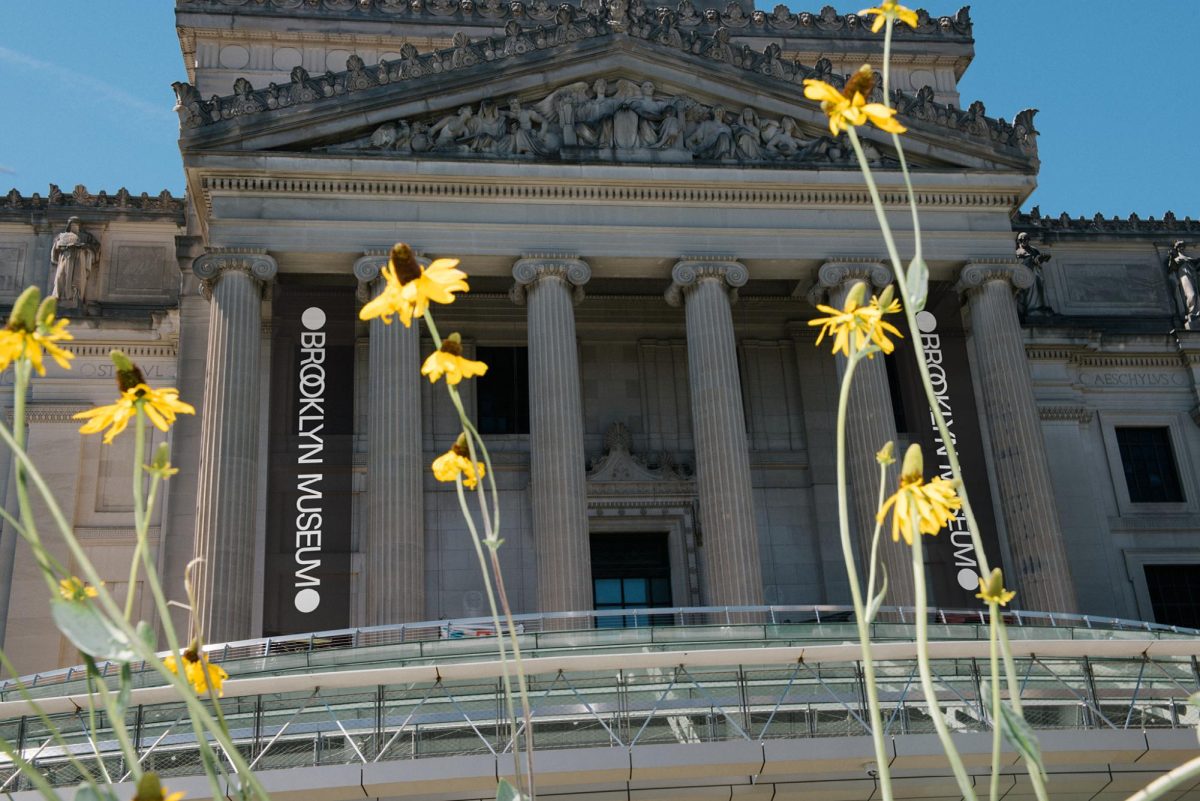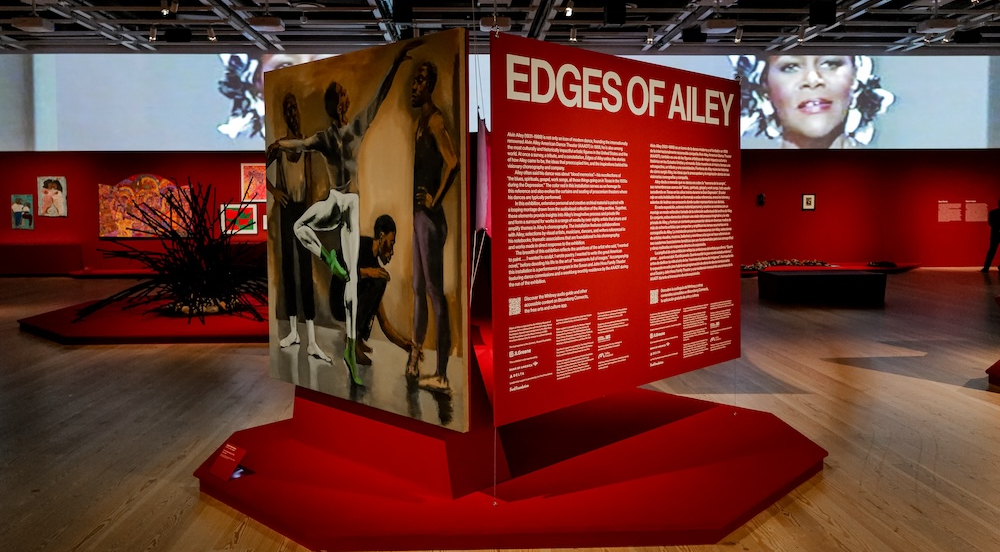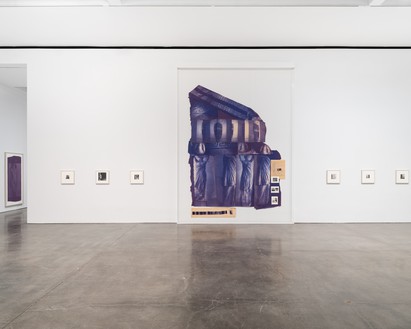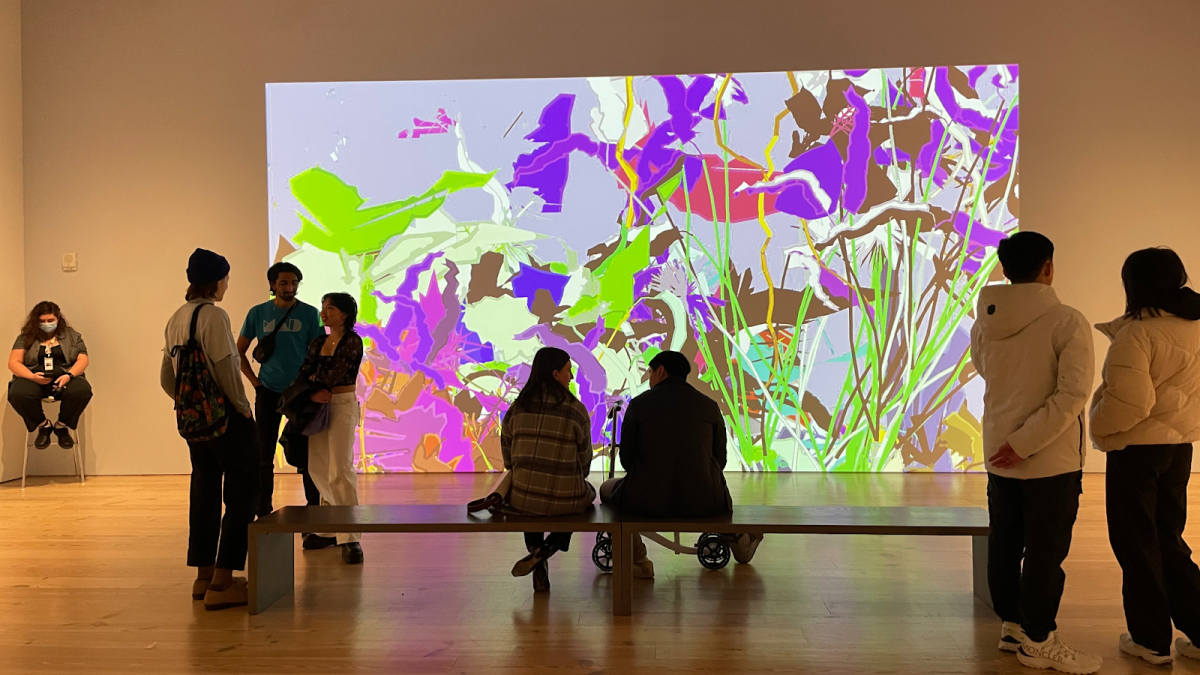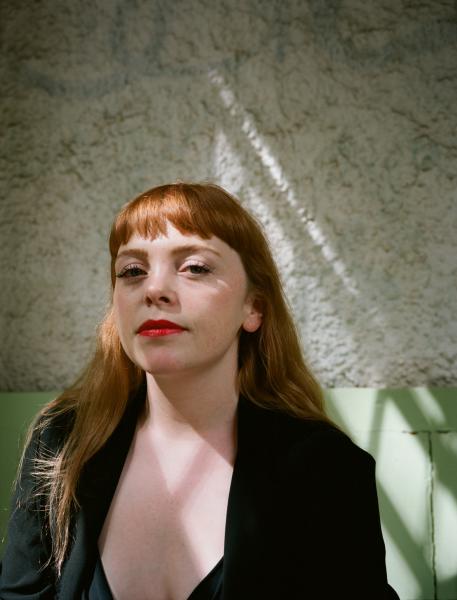The latest exhibition at the Museum of Modern Art, “Century of the Child,” explores the development and improvement of all things related children from the past 100 years.
On the sixth floor, where the MoMA displays special exhibitions, crowds of people surround a larger-than-life set of children’s chairs and a table. One at a time, children rush for a chance to sit on the oversized furniture as parents snap their youngster. “Century of the Child” reads across the wall behind in large print, inviting visitors into the exhibition adjacent.
The first section of the exhibit is entitled “New Century, New Child, New Art” and displays many photos and examples of children’s play environments from the 1900’s till 1910. While toys were meant to entertain children, during this pre-war era, many artists and teachers worked together to not only amuse kids, but to incorporate education into their playtime.
Rudolf Steiner, and Austrian educational theorist, would rapidly make chalk sketches and drawings to illustrate the active mind. His piece “I mir ist Gott – Ich bin in Gott” from 1924 is one such sample of how learning shapes and structure exemplify the creative energy within all of us.
Moving through the exhibit and onto section two, “Avant-Garde Playtime,” the pieces on display change from black-and-white photographs and textiles to brightly colored lithographs and innovative geometric toys and furniture from 1910 to 1930. During WWI, due to material shortages, artists digressed back to designing toys using basic supplies and subjects to help take children’s minds off what was happening in the world allowed kids to further exercise their imagination and creativity.
Far above the heads of the patrons, projected onto the wall, a film entitled “Die Abenteuer des Prinzen Achmed” shows the oldest surviving animated feature from 1926, based on 1001 Arabian Nights. The vibrant colors and intricate scenery and subjects dance across the wall telling an ancient story shown in a way hardly done before its time.
The third section, “Light, Air, Health,” explores this emergence of the urgent need to protect children while at school in the 1920’s and 30’s. From 1927 till 1930, Dutch architect, Jan Duiker designed the “Cliostraat Openluchtschool voor het Gezonde Kind” in Amsterdam. Schools like these had previously been design for sickly children; however, providing such spaces for the healthy helped prevent sickness and encourage a more warm and adaptable learning environment.
The following section entitled “Children and the Body Politic” explores how during the 1920’s and 40’s children’s games and popular media was heavily influence by world events, particularly WWII.
Local armies was everywhere, in every country and in every city, resulting in the inevitable influence of children’s lives and products. During WWII, companies that produced children’s games and toys made the war seem fun and joining the military the dream career. In 1944, an Italian board game called “Gioco delle 3 oche” symbolically portrayed enemy geese ready for killing as the goal of the game.
The fifth section, “Regeneration,” surveys children’s culture from 1940 till 1960, when public and child safety became a huge concern in society. As motor vehicles became more popularized by the mainstream public, children’s safety and rights came in to question.
Advocates wanted to ensure that children would not be neglected and that their basic freedom would not be hindered. As a result of the increasing worry for children, traffic schools were implemented to teach children the safety of living around vehicles and traffic sights. In 1959, Werner John, a Swiss artist, designed a graphic poster inspired by the austerity of children’s building toys and the modernized road signs. “Kinder Verkehrs Garten” is one example of how artists played a major factor in the protection of youth at the time.
From 1960 to 1990, children’s culture and toys advanced exponentially. In 1957 the Soviet Union launched satellite Sputnik into outer space, and in 1969 the first Man landed on the Moon as past of the US Apollo 11 mission. As a result of these monumental events, children’s play structures and toys evolved along with the human’s ability to conceive life beyond our planet and future technology.
While Disneyland provided an enchanted and enduring escape from reality, the efforts to create such an environment were extremely complex. On display are a variety of the concept art for the “it’s a small world” attraction, painted in 1963 by the American artists Mary Blair.
Walt Disney World opened in 1971, the McDonalds Kids Meal was presented in 1979, and in 1989, the Nintendo Game Boy was released. This section also features pieces from the set of “Pee-wee’s Playhouse,” the Saturday morning show that ran from 1986 till 1991. On view are Globey, Conky, Clocky, and the distinctive Playhouse door. “Pee-wee” was the first show of its time to mix live action, animation, and puppetry.
Last is the seventh section entitled “Designing Better Worlds” showing products and kids culture from 1960 to the 2000’s. Walking through this section you hear music and noises not obviously designated to any particular display but the mood of the exhibit takes a distinctly light and happy tone. Surrounding patrons are more familiar items such as Anime comics and Harajuku style snap-shots.
As a society people tend to view children as being separate from the woes and struggles of the real world; however, children are much more observant and understanding than they get credit for. Amongst the cheery toys and products is a lithograph titled “War is Not Healthy for Children and Other Living Things” by Lorraine Schneider. This piece exemplifies the fact that while children are smaller and less experienced as the adults responsible for them, they are not void of the ability to perceive and judge the world.
Exiting the exhibit, there is one last room named “Growing by Design” where the installation by Philip Worthington, “Shadow Monsters,” attracts everyone’s attention. A light shines on a person from behind them while they sit and watch their shadow turn into various monsters and beasts. The sounds of creatures and animals burping and chatting bring smiles to all the onlookers, leaving you with a sense of glee as you exit.

